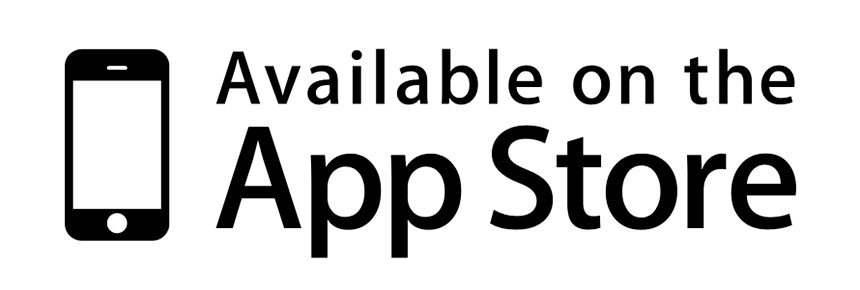Digital Technologies And Environmental Impact
The digital revolution affects all aspects of our human and physical world in many ways. Whether you're reading the news, commenting on a friend's new post, watching a film, or buying insurance, it's easy to take for granted this digital ecosystem, and hard to imagine a time before it.
IT innovation and digitalization allow us to cut down on our energy usage, especially in today's society. We now look at emails instead of regular mail, make remote video calls instead of flying to meetings with colleagues, and watch online broadcasts of music and films instead of attending events, among other changes.
Technological Advancements
Our lives have become more comfortable in many ways, but this has also had an enormous negative impact on our environment. Deforestation, rising sea levels, higher carbon dioxide levels, and plastic bottles clogging landfills and oceans are all pressing issues related to sustainability.
This environmental concern has prompted more and more companies around the world to reduce their environmental impact. Xerox serves as a good example. The company is investing in green initiatives and introducing innovative technologies to help organizations transition to a paperless workflow. For instance, documents can now be scanned directly to cloud services like Google Drive, iCloud, and Microsoft Office 365 for storage and collaboration. Imagine the amount of paper saved if an average law firm could go digital. A recent survey found that each attorney generates up to 100,000 sheets per year, which translates to approximately 50 pages per hour or almost a sheet per minute. This amount of paper would be sufficient to wrap the US Supreme Court Building 66 times.
Another noteworthy example is DocuSign, a company dedicated to environmentally friendly practices. DocuSign has helped hundreds of millions of people worldwide replace over 20 billion sheets of paper with a digital alternative, saving over 2.5 million trees and 2 million gallons of water since 2003. By avoiding the production of this paper, the planet has been spared 1.6 million metric tons of additional CO2 emissions, equivalent to the emissions of the entire US electric power sector in 2018.
Hotels Embracing Sustainability
Although the hospitality industry is not among the leaders in terms of negative environmental impact, hotels still contribute to pollution through energy and water consumption, the use of disposable goods like plastic and paper, and the use of chemical products during cleaning.
To address these issues, more hotels are adopting eco-friendly practices, benefiting both the environment and the hotel sector. By promoting environmental practices, hotels not only receive positive publicity but also save money. They benefit significantly from the recent trend of all business sectors towards sustainability.
While large hotel chains like Marriott International have pledged to eliminate items that do not decompose fully, such as plastic straws, smaller chains are also making strides. For example, Hostelling International USA became the first hostel company to implement "smart showers" that limit showering time to 7 minutes. The number of such "green" hotels is increasing every year around the world.
HKeeper's Contribution To Sustainability
An alternative approach to conserving natural resources is to develop software that reduces consumption and eliminates the need for paper. HKeeper is an example of such a solution.
HKeeper not only reduces material resources and operating costs at hotels by up to 30% but also eliminates the need for paper in daily operations, saving trees for future generations.
What does this mean in practice?
In the United States alone, there are approximately 5 million hotel rooms. On average, each hotel uses one sheet of A4 paper for various services or assignments per room per day. This equates to 1,825,000,000 sheets of paper per year, a significant amount.
A single tree produces approximately 6,820 sheets of paper. Therefore, approximately 268,000 trees are chopped down annually to meet the paper needs of the hotel industry in the US alone.
To put this into perspective, New York's Central Park is home to approximately 18,000 trees. Using basic math, this equates to the equivalent of 15 Central Parks being used for the US hotel industry's paper consumption in one year.
It's time to eliminate excessive paper usage and reduce paper waste in the hotel industry. Isn't it time to start using HKeeper in your hotel?







